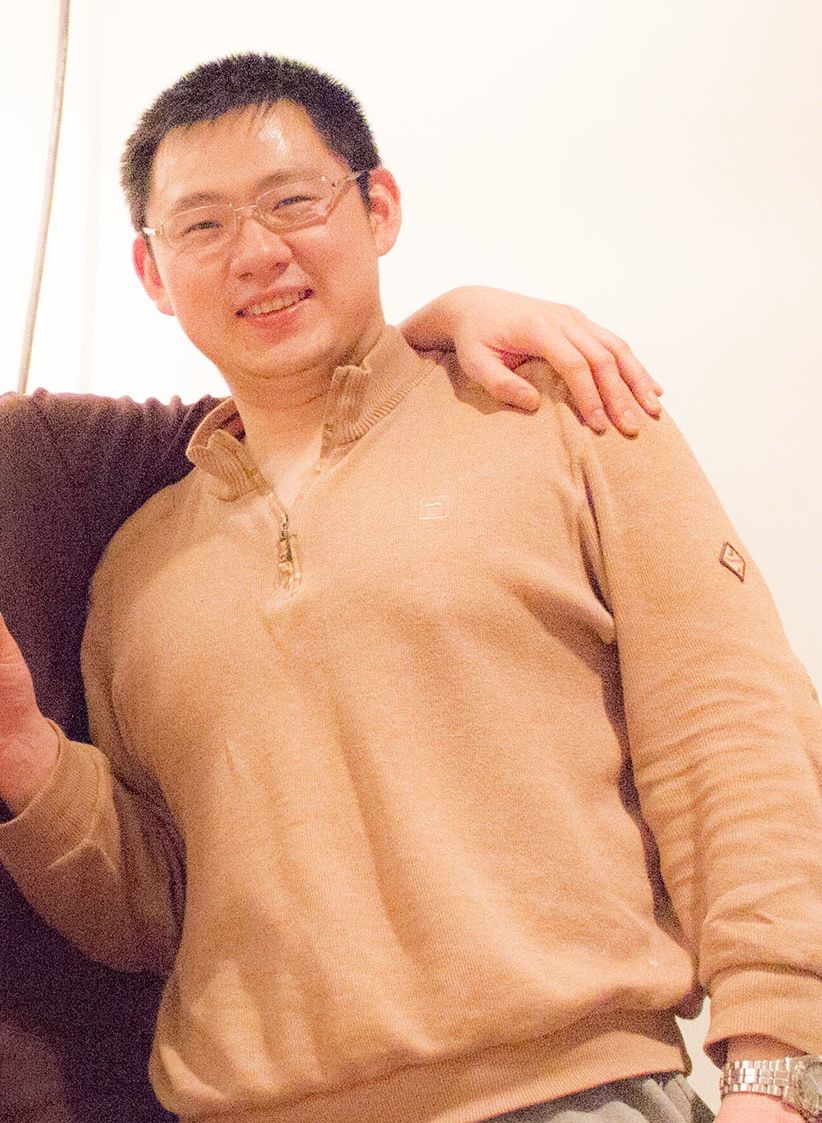Weiwei Wang
B.S. in Material Physics, Sun Yat-sen Universtiy
Ph.D. in Structural Biology, University of Science and Technology of China

The diffusion of potassium ions across the cell membrane is used by our body to transmit information among neurons and control the contraction of muscles. Potassium ions diffuse through integral membrane proteins named potassium channels to control the electrical excitability of cells. The opening of G-protein-gated inward rectifier K+ channel (GIRK) is coupled to activation of G-protein-coupled receptors (GPCRs). This allow various hormones and neurotransmitters to affect physiological processes such as the regulation of heart rate and neuron excitability. Once stimulated, GPCR releases α and βγ subunits of G protein (Gα and Gβγ respectively). GIRK is activated by binding of Gβγ and possibly also affected by Gα. The regulators of G-protein signaling (RGS) proteins may also play a role in regulating GIRK activity. In addition, GIRK activity is control by signaling phospholipid phosphatidylinositol 4,5-bisphosphate (PIP2). Intracellular sodium ions and alcohols are also activators of GIRK.
The multitude of GIRK regulators is amazing to me and I am interested in understanding quantitatively the mechanisms underlying multi-ligand gating of GIRK. The regulators of GIRK will be studied with electrophysiological and biochemical methods to understand their individual functional roles and the interdependence among them. The atomic mechanisms of GIRK gating by various regulators will be elucidated through resolving high-resolution structures.
